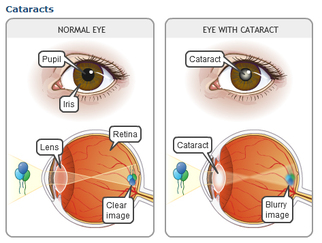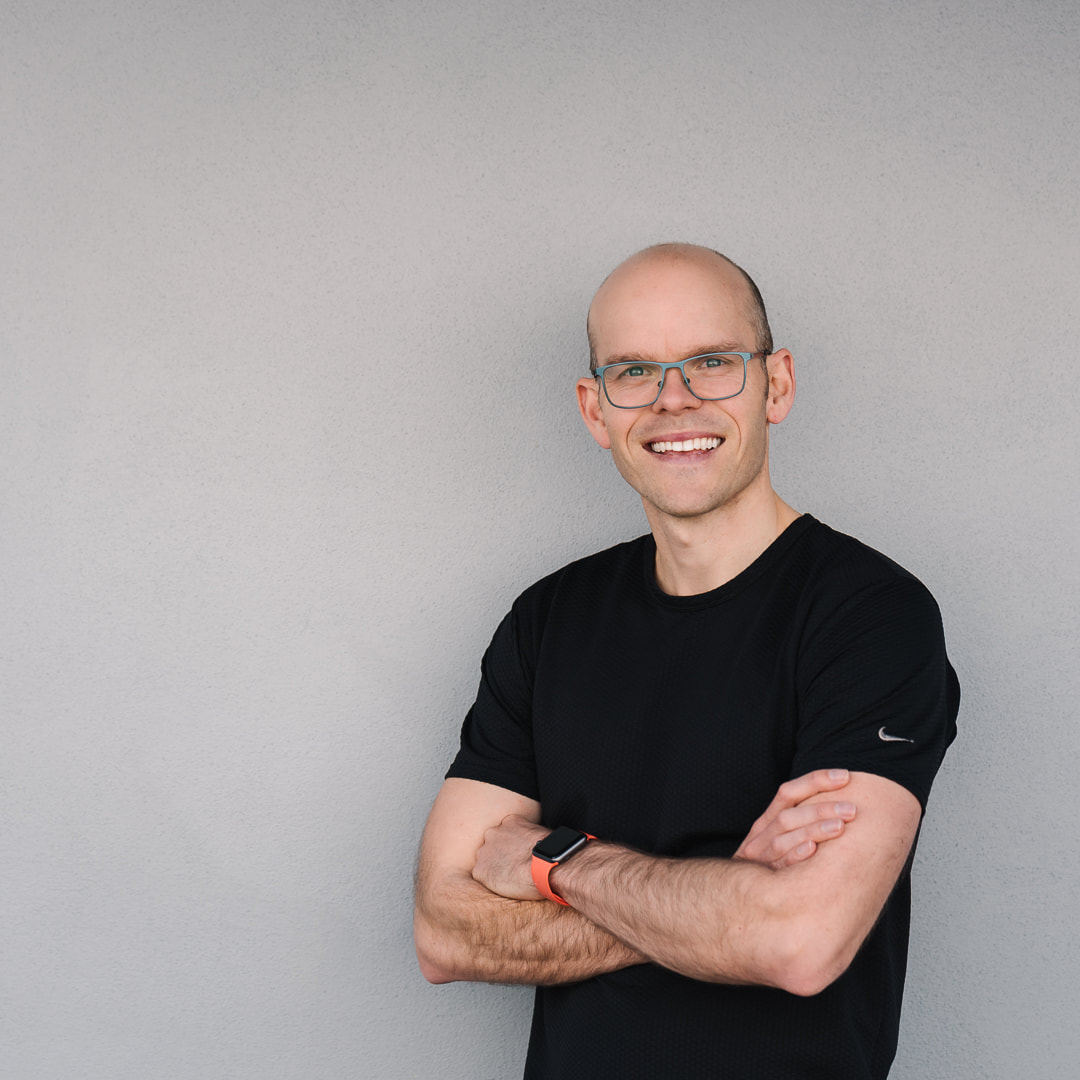
The participants in the study answered 6 questions about physical activity and inactivity during the previous year at baseline. The questions looked at:
- The specific types and time spent on different physical activities (hardly ever to more than 1.5 hours daily).
- Leisure time exercise (less than 1 hour to more than 5 hours weekly).
- Work or occupational activity (mostly sitting to heavy manual labour).
- Home or housework (less than 1 hour to more than 8 hours daily).
- Inactive leisure time (less than 1 hour to more than 6 hours daily).
In the study, 11,580 out of 52,660 people aged 45-83, developed age-related cataract during the 12-year follow-up period. After taking into account factors such as; fruit and vegetable intake, antioxidant supplement use and alcohol intake, they found that participants with the highest amount of physical activity had a 13% decreased risk of developing cataracts compared to those with the lowest levels of physical activity. They also found that increased amounts of long-term total physical activity both at 30 years of age and at the beginning of the study (mean age, 59.4 years) decreased the risk for cataract by 24% compared with low levels of activity. More specifically they found:
- When the investigators looked at specific activities, they found that walking or cycling 60 minutes per day or more decreased the risk of cataract by 12% compared to hardly ever walking or cycling.
- People that did manual labour at work or as activities, decreased their risk for cataracts by 16% compared to sedentary type work.
- Those people who were physically inactive for 6 or more hours of leisure time daily were 27% more likely to develop age-related cataracts.
The researchers said "Our results on different types of physical activity suggest that being physically active on a regular daily basis may contribute to decreased risk of cataract, rather than short weekly episodes of exercising/training".
Why this may work
When research like this is done, we need to consider why this works? In this case, why does regular physical activity reduce the risk of getting age-related cataracts? Oxidative stress is one of the main causes of cataracts, and antioxidants can help lower ones risk for getting them. It is thought that high levels of physical activity can lead to lower levels of oxidative stress and inflammation and improved insulin resistance and lipid profiles. These findings are consistent with other studies on the topic. Dr Datiles from the National Institute of Health, National Eye Institute in Bethesda, Maryland said. "In one of the previous papers, published in 2009, the author contends that when one is well conditioned, there is good evidence that one's defense against oxidative stress is also high, and this helps prevent cataract formation," He also said that there has been studies that link obesity and higher risk of cataracts, and studies that correlated high BMI with cataract risk. Both of these can be a reflection of lack of physical activity.
What to make of this
Once again this research shows the importance of physical activity. I have written several posts about exercise and how it can help your memory, it can help prevent macular degeneration, it can help your creativity, and not to mention general good health. Not everyone is going to be able to do 60 minutes of walking or cycling every day, but some exercise is much better than none. Read my last post on what effects 30 minutes of daily moderate exercise can do to your body long term. It’s amazing. The key to take from this information is doing some sort of physical activity, regularly. One or two days a week is not enough. If you aren’t doing regular exercise, make a change. It is definitely worth it. Your body will thank you for it.
References
- http://www.medscape.com/viewarticle/841836
- https://www.southerncross.co.nz
- Image: http://www.eyephys.com/services/eye-surgery/cataracts-and-intraocular-lenses.html



 RSS Feed
RSS Feed


